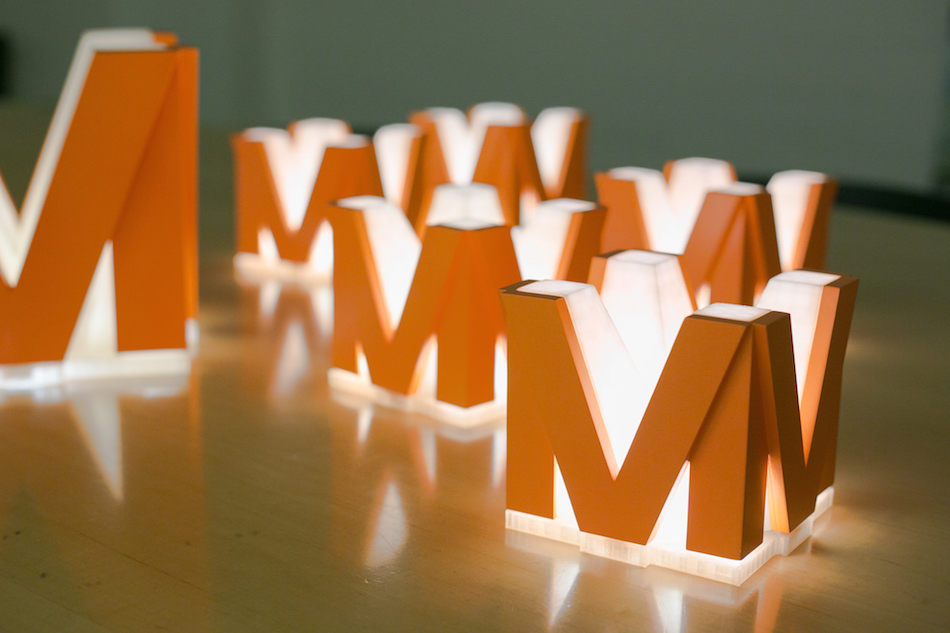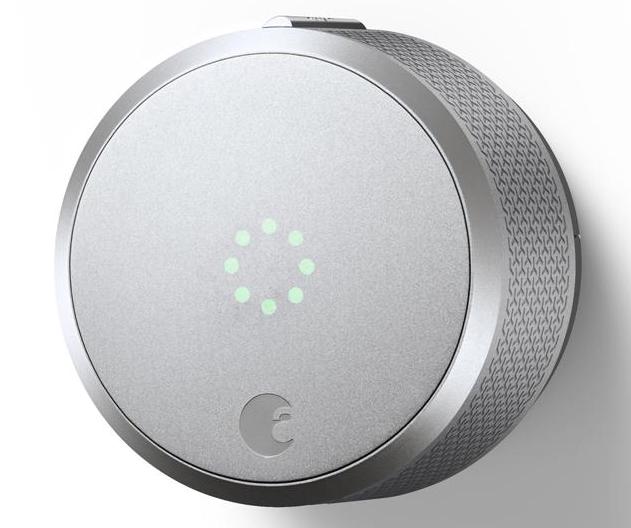Time to read: 5 min
According to the U.S. Bureau of Labor Statistics, the field of industrial design is expected to grow in the next eight years, and with an average salary of $64,000 a year (closer to $90,000 a year in Baoan), the field is promising, with great job security and financial stability. Design thinking is taking center stage as a creative way to solve problems in the corporate sector and in people’s personal lives.
Product designers inhabit a versatile career field with multiple paths, but which one should you choose? The three career paths most industrial designers take are:
- become an in-house designer at a company
- freelance as a designer or run a design studio
- become an entrepreneur by creating a product and forming a company
These three paths can result in significant differences when it comes to personal fulfillment, depending on your goals and aspirations. Let’s take a look at each path and explore the different considerations, challenges, and perks related to each.
Path #1: Join a Company as an In-House Designer
Many industrial designers spend their entire careers working for companies in a salaried position, often at some of the most successful companies in the world, like Microsoft, Nike, and Sony, or at a design firm, like IDEO or Whipsaw. According to Fast Company, in an article about a report the National Endowment for the Arts conducted on the health of industrial design in the U.S., most salaried industrial designers work in manufacturing or in professional, technical, or scientific services.
The benefits of being a salaried employee at a company, whether it’s a Fortune 500 company or a startup, are:
- You’ll have a reliable salary and benefits, with set hours.
- You’ll have the opportunity to move up the career ladder, into a manager, director, VP, or C-class role.
- You’ll get the chance to work for some of the top companies in the U.S. and world.
- You’ll be able to solve challenging problems via design, in a focused way.
- If you love design, you’ll be able to focus your entire role on that, rather than management, manufacturing, payroll, etc.
The drawbacks include:
- Your projects are given to you rather than chosen.
- You’re required to use your company’s process and approach.
- The product belongs to your company (or your client), rather than you, so you do have to toe the company line.
Path #2: Freelance Design
For those who have worked for a large organization for several years or prefer the flexibility and variety of working with multiple clients, freelancing can be a great way to leverage your design skills and control your own time and projects. According to the NEA report, 30% of industrial designers are self-employed, and we expect that number to increase. Whether you work for a design firm as an individual contributor or as a consultant for a larger company, or even run your own design studio, working on your own gives you immense freedom.

The positive aspects of freelancing include:
- You control your schedule—where and how many hours you work.
- You’re almost always treated as an expert designer, and as a consultant, you run your own show—no supervisors, only clients.
- You can take on multiple different projects or limit your commitments to one at a time.
The challenges of freelancing include:
- You’re in charge of your own invoicing and taxes.
- You need to purchase your own benefits or have a way to get them elsewhere (spouse, domestic partner, parent).
- You need to drum up new business on a regular basis.
- Your salary may be high, but it might not always be steady.
- Unless you’re running your own firm, you won’t necessarily move up the hierarchy, so if you want to manage a team or move into a VP role, the route is less clear-cut than it might be at a company.
- Some clients can be challenging, as can juggling multiple projects.
Path #3: Entrepreneurship
You can take your desire to work on your own to the next level and go through the process of identifying a market and designing a product that meets its needs. You could form a startup company around your product and manufacture, market, and sell it.
The best things about entrepreneurship are:
- You’ll get the experience of being a CEO, while also being closely involved in the actual product design.
- You’ll have ownership over your own company and product(s), a momentous achievement.
- Kickstarter has made it much easier for products to find an audience and be self-sustaining (or even make a profit quickly).
- Other resources, like 3D printing and manufacturing consultancy companies, provide support that entrepreneurs haven’t always had.
- You’ll have the freedom to pursue your unique ideas and bring them to fruition.

The most challenging parts of running a company are:
- Failure is a distinct possibility. Even though the path is easier than before, running a startup is still complex and stressful.
- You’ll need to handle accounting, payroll, and employee benefits.
- You’ll need to hire, manage, and pay employees.
- You’ll be in charge of your own manufacturing, shipping, distribution, etc.
- You’ll have to think about funding for your startup and/or how to become profitable.
- The timing isn’t always right. If you’re paying off loans or saving for a house, or if you haven’t found the right business partner yet, it might make sense to wait to realize your dream.
Industrial design is a thriving and growing field, full of exciting opportunities. The best way to decide which path is right for you is to think about what you want most from your job situation right now. Once you’ve got a list, compare it with the pros and cons we’ve included here and see if you fall into one category or another. Then, think about what you would need to do to take a specific path: build a great portfolio, seek financial advice, find a business partner, develop stronger marketing skills—and take courses, do some reading, or network to develop those skills or find people to help you.
Main Takeaways
In all likelihood, you won’t remain in one role forever. Plenty of designers leave companies to launch their own products and then grow those products into a business, or freelance for years and then join a design studio. The key is to take the pulse of where you are at this moment and where you want to be, and then take steps to move into a new role, if that’s what you feel is the right path for you.

